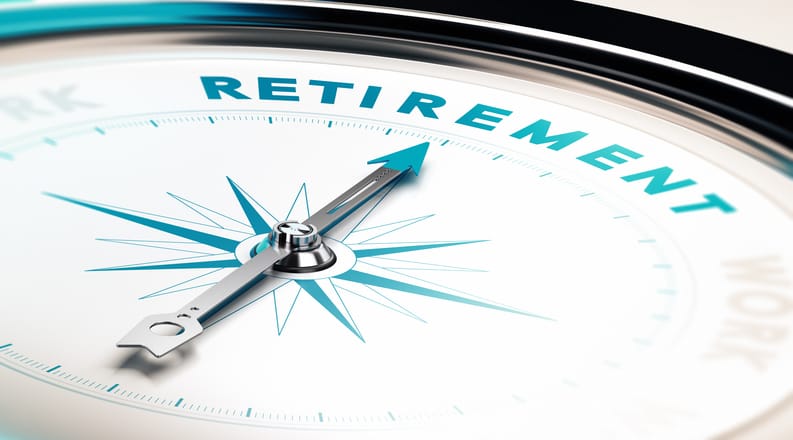
The Order of Returns: Why Timing Matters for Newly Retired Investors
Peter Eckerline explains that with recent market volatility, investors, including retirees, are increasingly concerned about how it will impact their retirement lifestyle, particularly those who have recently retired. When planning for retirement, most people focus on how much they’ve saved and what they’ll need to spend. But there’s another crucial factor that can quietly make or break a retirement plan: the order of returns. For newly retired individuals, understanding this concept is essential to protecting their nest egg.
What Is the Order of Returns?
The order of returns refers to the sequence in which investment gains and losses occur. Over a long investment horizon, the average rate of return might look solid. Still, the timing of those returns, especially early in retirement, can have an outsized impact when you begin drawing income from your portfolio.
Imagine two retirees with identical portfolios earning the same average annual return over 30 years. If one experiences a market crash early in retirement while withdrawing money, and the other encounters that crash later, their outcomes can be vastly different. That’s because losses early on, combined with regular withdrawals, reduce the base from which future gains can grow, a phenomenon known as sequence risk.
Why It’s Risky for New Retirees
Peter Eckerline notes that when you’re still working and adding money to your portfolio, a market downturn can actually be an opportunity to buy low. However, once you retire and begin withdrawing funds, the situation is reversed. If the market drops and you’re pulling money out, you're selling investments at a loss, and there’s less capital left to recover when the market bounces back.
Let’s say you need to withdraw $40,000 annually from a $1 million portfolio. If your portfolio drops 20% in the first year, you’re left with only $760,000 after one year, not just from the market loss, but also because of that $40,000 withdrawal. That’s a tough hole to climb out of.
Strategies to Manage Sequence Risk
Build a Cash Buffer: Holding one to three years' worth of living expenses in cash or short-term bonds can help you avoid selling investments during market downturns.
Flexible Withdrawals: Adjusting your spending slightly in bad market years can extend the life of your portfolio.
Diversification: A well-diversified portfolio can soften the blow of a market downturn, reducing the impact of poor returns in any one sector.
Annuities or Pension Streams: These provide guaranteed income, reducing your dependence on portfolio withdrawals, especially early in retirement.
Bottom Line

Peter Eckerline says that the order in which returns occur might seem like a matter of luck, but with thoughtful planning, you can minimize the risks it poses. For those newly retired, it’s not just about how much you’ve saved, but how you draw down your assets. Managing sequence risk early on can mean the difference between a comfortable retirement and one that’s cut short.


